New York University Facilities Management
Washing in the Outer Hebrides 🎶 pic.twitter.com/3WbpVpviyg
— Fraser. (@frasercontra) August 10, 2023

New York University Facilities Management
Washing in the Outer Hebrides 🎶 pic.twitter.com/3WbpVpviyg
— Fraser. (@frasercontra) August 10, 2023
“Chanson de Matin” is characterized by its light, lyrical, and charming melody, which evokes a sense of freshness and optimism associated with the early hours of the day. Elgar is known for his ability to capture various moods and emotions in his compositions.
Anderson University School of Music, Theater, and Dance
Physical Plant | Anderson University
🟠⚫SCHOLARSHIP ALERT
Learn more about our Christian High School and Homeschool scholarship by clicking this link:https://t.co/LTMbl9WfNT pic.twitter.com/GEEr4i1xkv
— Anderson University (@AndersonU) February 13, 2025
Post-Secondary Education: Facilities Inventory and Classification Manual
Managemen: Five Questions You Should Ask About Your Custodial Closets
Western Michigan University: The Custodian’s Role in Student Success
State of Illinois Administrative Code for Housekeeping and Storage
McGill University Special Building Areas: Custodial Areas
Washington University St. Louis: Custodial Space Requirements
Florida State University: Custodial Closet Design
Florida State University: Design Criteria and Requirements for Custodial Closets
Oregon State University Custodial Area Design
Oregon State University: Custodial Closets
ASHRAE Standard 62.1: Ventilation for Acceptable Indoor Air Quality: Custodial Area Ventilation
Financial Statement 2024: C$1.411B
Walking the Dog
— Billy Collins
Two universes mosey down the street
Connected by love and a leash and nothing else.
Mostly I look at lamplight through the leaves
While he mooches along with tail up and snout down,
Getting a secret knowledge through the nose
Almost entirely hidden from my sight.
We stand while he’s enraptured by a bush
Till I can’t stand our standing any longer
And haul on the leash to bring him away.
He lives in the moment, which is good for him,
But when I see a stone wall, I think of Greece,
The sort of place he’d have a lot to say about—
The sniffable pots and broken statues,
The seas, the Ionic evenings all in a row.
But he just gives a yelp and comes running over
To smell my palm, and what can I do but
Smile and bend down to give him a hello?

Congrats on earning your bark-elor’s degree 🐾 🎓 pic.twitter.com/X35yiNPOer
— York University (@YorkUniversity) June 13, 2025
York University Facilities Services
“Everything which is in any way beautiful is beautiful in itself….
That which is really beautiful has no need of anything”…
— Marcus Aurelius (Meditations)
Cheap Clothes and Costly Consequences
Could be us pic.twitter.com/QBk908qbWA
— Prep Propaganda 👔 (@prep_propaganda) August 20, 2025
Women’s fashion 1910’s-2010’s in 30 seconds using AI
[📹 Russell Klimas]pic.twitter.com/zXfpQDa96N
— Massimo (@Rainmaker1973) September 16, 2023
Evaluating devices to reduce microfiber emissions from washing machines
Biscuits and sausage gravy is firmly rooted in Southern American cuisine, which has a rich history influenced by African, Native American, European, and other culinary traditions. The combination of biscuits and sausage gravy reflects the availability of ingredients in the South, where biscuits (similar to a type of British scone) and pork products were common.
The concept of biscuits, similar to what Americans call biscuits, has British origins. Early settlers brought this baking technique with them to the American colonies. However, the American biscuit evolved over time to become lighter and fluffier compared to the denser British biscuit.
I just need everyone to know that for our last stop in Lexington, we did a gravy flight. That’s right, a gravy flight. pic.twitter.com/9sUBanlKt5
— Dr. Molly B. Atkinson (@MollyBAtkinson) August 2, 2024
Dogs have been bred for a variety of purposes throughout history, including as working animals to support agriculture. Dogs have been bred for specific traits that make them well-suited to work on farms, such as intelligence, obedience, strength, and endurance*.
History and Architecture | University of Oxford Estates Services
* Here are a few examples of how dogs were bred to support agriculture:
Herding dogs: Dogs such as the Border Collie, Australian Cattle Dog, and German Shepherd were bred to help farmers manage livestock by herding them from one place to another. These dogs have a natural instinct to gather and control herds of animals, and they can be trained to respond to a farmer’s commands.
Hunting dogs: Many breeds of dogs, such as the Labrador Retriever, were originally bred as hunting dogs to assist farmers with hunting game for food. These dogs have a keen sense of smell and are skilled at tracking and retrieving prey.
Guard dogs: Certain breeds of dogs, such as the Great Pyrenees, were bred to protect livestock from predators such as wolves and bears. These dogs are fiercely protective of their flock and will guard them from any perceived threat.
Draft dogs: Some large breeds of dogs, such as the Bernese Mountain Dog and the Saint Bernard, were bred to pull carts and wagons on farms. These dogs are strong and muscular and can move heavy loads across long distances.
Overall, dogs have been bred for centuries to support agriculture in a variety of ways. Their intelligence, loyalty, and hardworking nature have made them invaluable assets to farmers and have helped to shape the course of human history.
Introducing Vols Snacks | Summary of Net Position 2023: $4.538B
The consumption of raw milk, which is milk that has not been pasteurized or homogenized, is a topic of debate and controversy. Advocates of raw milk claim certain potential advantages, while opponents highlight health risks associated with consuming unpasteurized milk. It’s important to note that health regulations and recommendations vary by region, and some places may have restrictions on the sale or distribution of raw milk due to safety concerns.
Advocates of raw milk often cite the following potential advantages:
However, it’s crucial to consider the potential risks associated with raw milk consumption:
Before considering raw milk consumption, individuals should thoroughly research local regulations, consult with healthcare professionals, and weigh the potential benefits against the associated risks. It’s essential to prioritize food safety and make informed decisions based on reliable information.
The friendly cow all red and white,
I love with all my heart:
She gives me cream with all her might,
To eat with apple-tart.
She wanders lowing here and there,
And yet she cannot stray,
All in the pleasant open air,
The pleasant light of day;
And blown by all the winds that pass
And wet with all the showers,
She walks among the meadow grass
And eats the meadow flowers.
Dairy milk products remain a vital part of global food supply. Since 1970 an ISO Technical Subcommittee — ISO/TC 34/SC 5 Milk and milk products — seeks globally effective standardization solutions in the methods of analysis and sampling for milk and milk products, covering the dairy chain from primary production to consumption. The business plan of its parent committee is linked below:
BUSINESS PLAN ISO/TC 34 FOOD PRODUCTS
The Stichting Koninklijk Nederlands Normalisatie Instituut is the Global Secretariat for TC34/SC5. Participating and Observing nations are shown on the map below:
The American Society of Agricultural and Biological Engineers is the US Technical Advisory Group Administrator to the parent TC34 committee but ANSI does not have a Technical Advisory Group leader. As the U.S. member body to the ISO, ANSI is always on the hunt for its members and/or relevant stakeholders to participate in discovering standardization solutions in a broad range of technologies and markets with like-minded experts in other national standards bodies. The full sweep of ANSI’s participation in consensus documents developed by the ISO is described in the link below:
This committee has functioned since 1970 — long enough for many of the best practice titles it produces to have stabilized. There is other market action in the global dairy supply — notably the growth of non-dairy food supply — but we find no public consultations open on proposed standardization solutions as of this posting. When they are released they will appear in the link below:
ISO Standards Under Development
Land grant colleges and universities are likely stakeholders in this domain. Apart from the passion that young people have for fair trade in any market, we see this as an opportunity for faculty and students to gain insight into the geo-politics of food supply generally and the subtleties of coffee markets. Business schools, agricultural colleges, international studies program developers who may be, and should be, interested in a leadership opportunity on behalf of the United States should communicate directly with ANSI’s ISO Team ((isot@ansi.org).
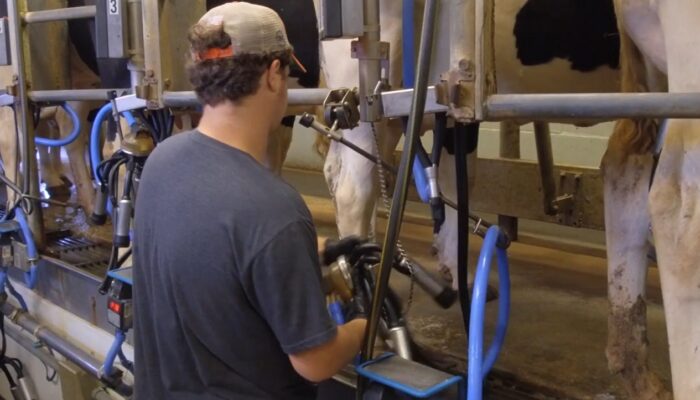
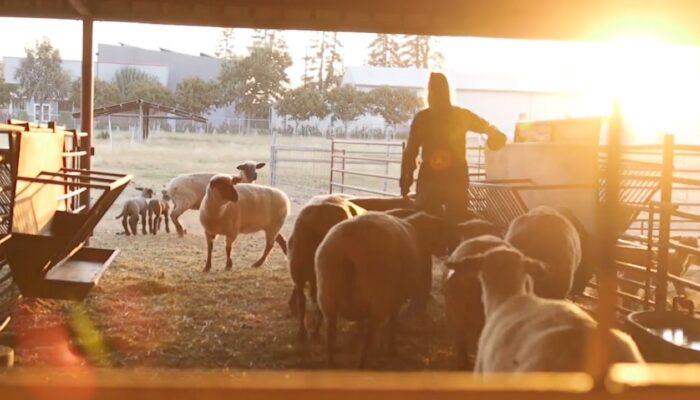

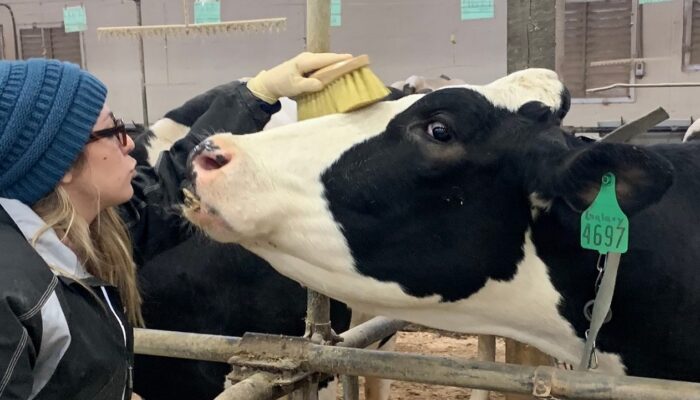
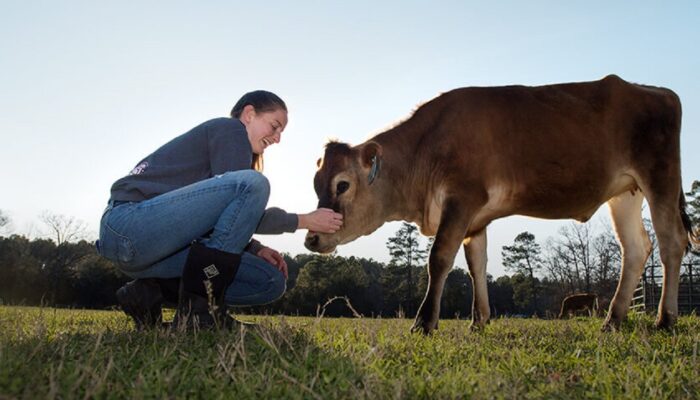
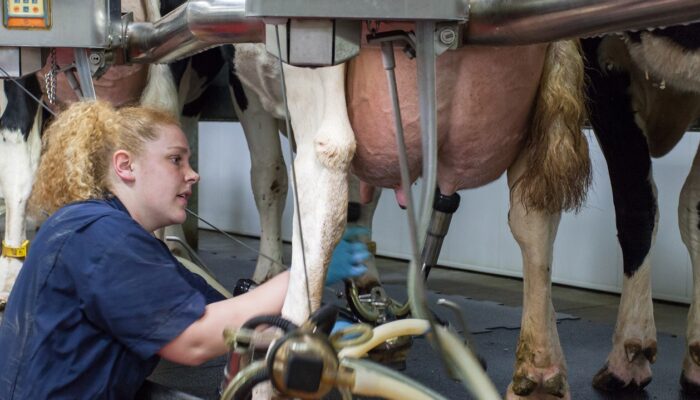
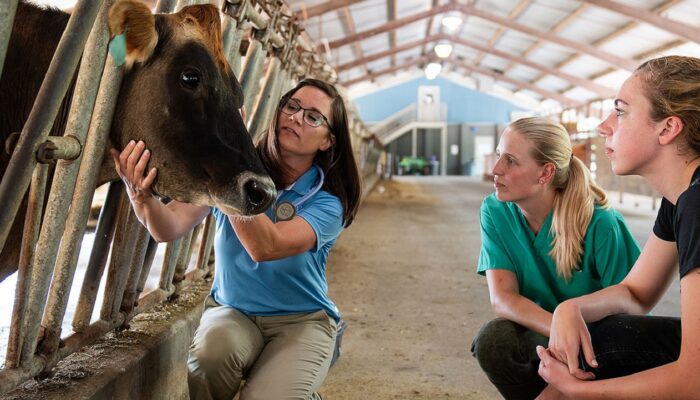
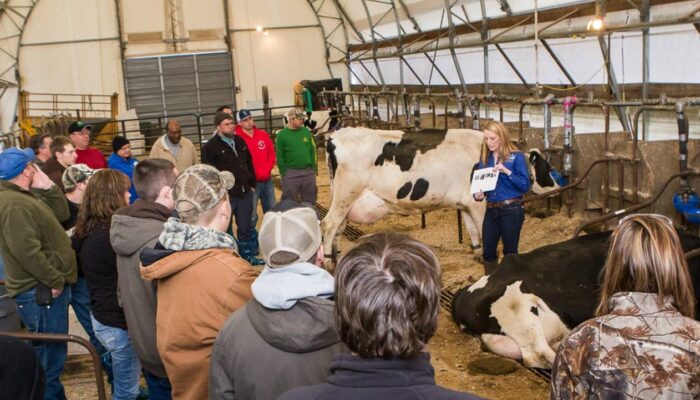


We devote at least an hour every month breaking down public consultations on food safety and sustainability. The work products of TC 34 appears on the standing agenda of both our Global and Food colloquia. See our CALENDAR for the next online meeting; open to everyone.
Issue: [19-46]
Category: Academic, Global
Colleagues: Mike Anthony, Christine Fischer, Akkeneel Talsma
New update alert! The 2022 update to the Trademark Assignment Dataset is now available online. Find 1.29 million trademark assignments, involving 2.28 million unique trademark properties issued by the USPTO between March 1952 and January 2023: https://t.co/njrDAbSpwB pic.twitter.com/GkAXrHoQ9T
— USPTO (@uspto) July 13, 2023
Standards Michigan Group, LLC
2723 South State Street | Suite 150
Ann Arbor, MI 48104 USA
888-746-3670
